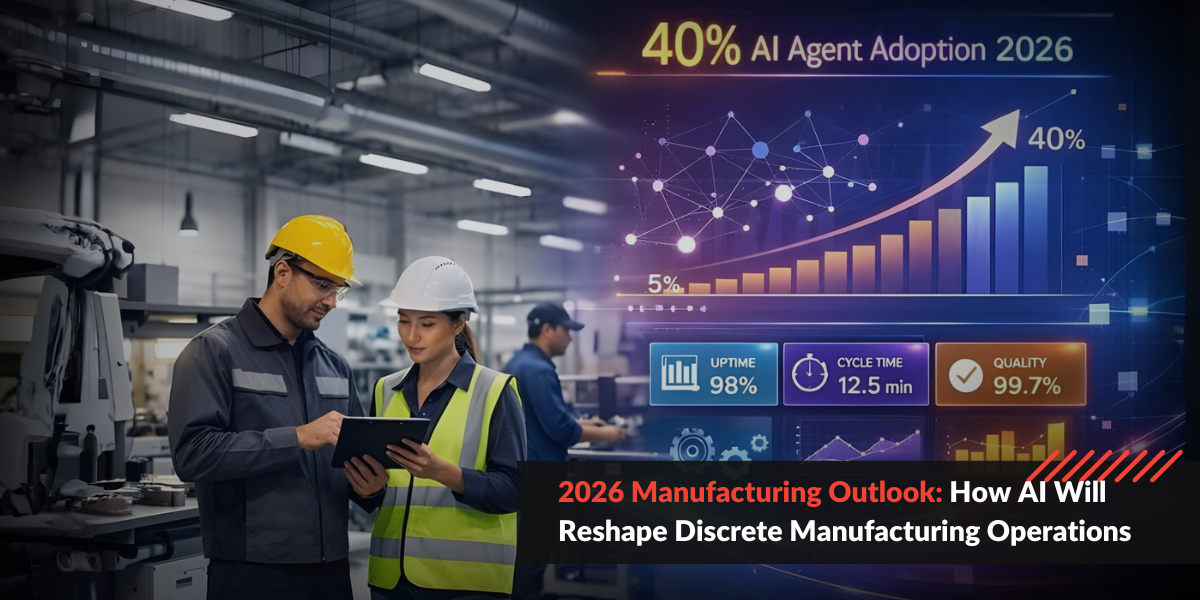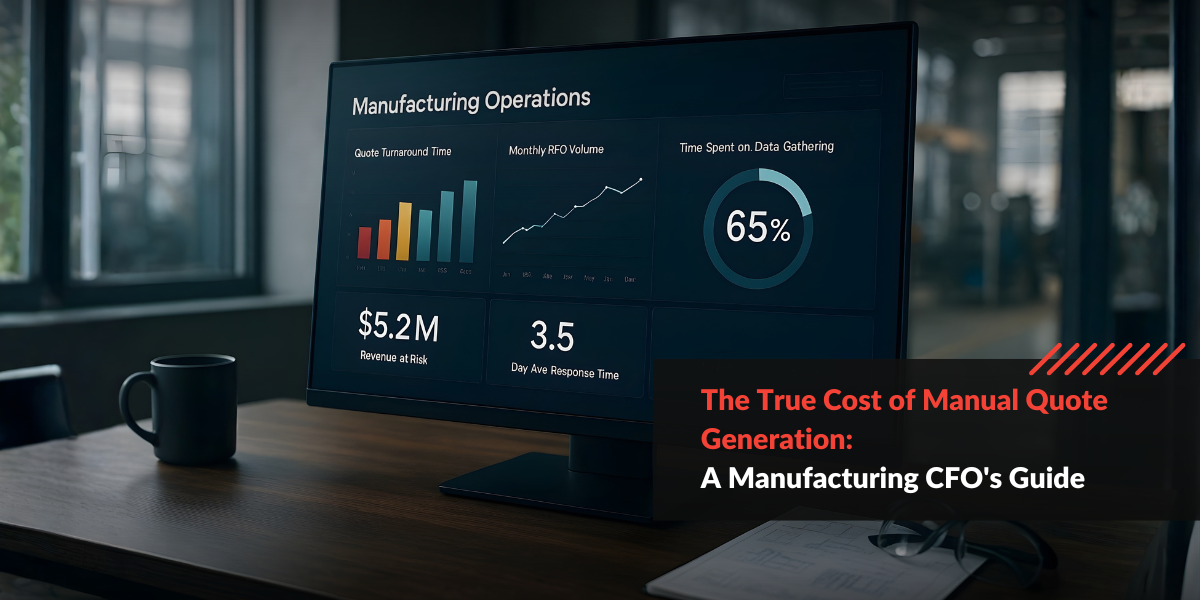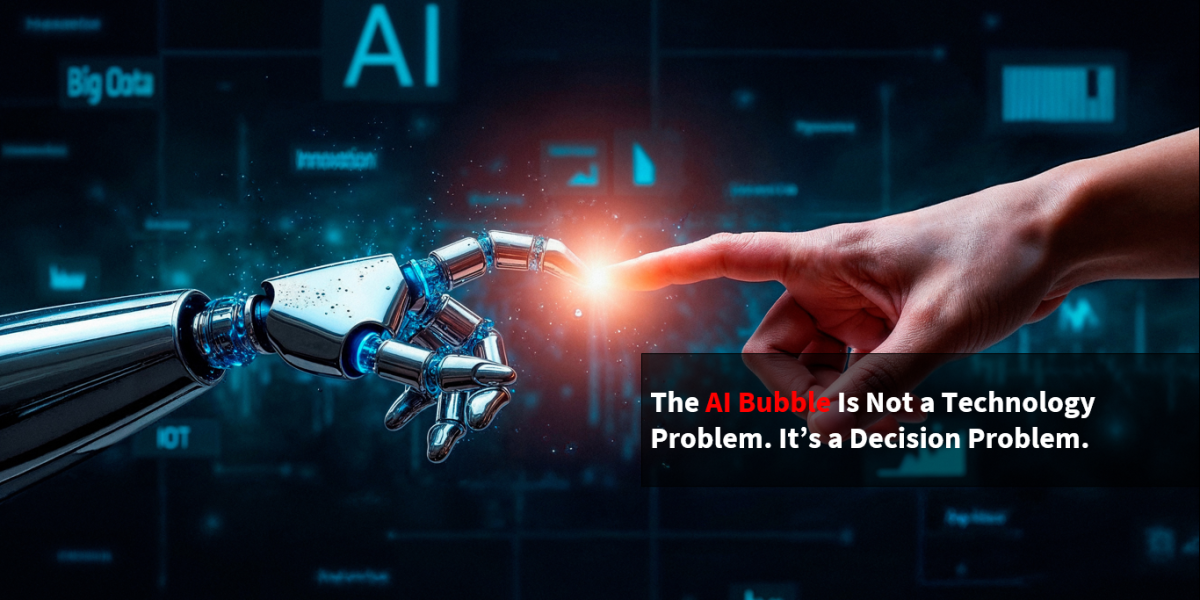Be it mortgage, healthcare insurance, commercial loans, anything, the underwriter is expected to accurately access all the risks involved. An inaccurate risk management can lead to massive losses for enterprises, and no business owner wants that. So, what do business owners do? They go hire the most talented underwriter they can find in the market. But let us not forget that underwriters are only human, and humans are bound to stumble at some point. “But is there a better solution?” you ask, of course! An intelligent, digital underwriting assistant for your human workforce!
A research claims that by 2030 underwriting as we know today will cease to exist. This is not an unlikely scenario given that underwriting has been a key focus area for insurers, while driving a digital transformation. An advanced underwriting solution will allow your business to adjust to market conditions effortlessly, and help you stay ahead of the game.
How do Leg(E)asy Methods make Underwriting Harder?
Underwriting is a critical and laborious process. Outdated or legacy methods of manually extracting data from disparate sources, and consolidating them can be very time consuming and tedious. Despite today’s digital-first world, many financial enterprises still carry their underwriting processes in an archaic manner. This results in a lack of flexibility, higher operating costs, slower processing times, hindered downstream decision-making, and unavoidable clerical errors.
To fix some of these issues, and to ease off some of this burden, insurers turn to Robotic Process Automation (RPA). RPA can in no time, accurately process structured documents. But, when it comes to unstructured content, RPA poses as an inefficient solution, and hence a waste of investment.
Intelligent Document Processing to The Rescue!
Hyperautomation of underwriting processes has become a reality for several financial enterprises. Intelligent Automation (IA) or hyperautomation can swiftly process the massive sea of documents that financial enterprises receive on a daily basis. With Artificial Intelligence (AI) and Machine Learning (ML) capabilities, your digital assistant is enabled to identify, and process structured and unstructured documents, in any format. Intelligent Document Processing (IDP) is one such AI tool that allows end-to-end automation of data.
Let us explore ways in which IDP can enable human underwriters to manage risk assessments more accurately.
Automate and Accelerate Underwriting
IDP utilizes AI tools like ML, Optical Character Recognition (OCR), Deep learning (DL), Natural Language Processing (NLP), and big data to drive end-to-end automation of underwriting. These tools make IDP capable of extracting and consolidating data from different formats like PDFs, forms, invoices, photo proofs, handwritten texts, etc.
All this structured data can then be handled by RPA tools; streamlining the downstream underwriting processes. IDP can also “read” thousands of documents in a fraction of time, and can be trained to extract relevant data, whenever needed. Additionally, it eliminates the constant need for back and forth for data verification.
In a research, insurers claimed that if 50% of their work was automated, they would utilize the extra time to improve customer interaction and inter-departmental collaboration which would translate to better business planning.
Accurate Risk Evaluations
It is manually impossible to evaluate the entire market scene in one go, and to scan every public domain for relevant information. But that’s where IDP’s data mining capabilities come in handy!
Through these underwriters can derive insightful input from various sources, which increases the accuracy of risk evaluations. Moreover, automated risk management processes are less prone to error; which are fairly high with manual or clerical data consolidation.
AI keeps record of historical business losses as well as accurately predicts future market scenarios, providing all this data in a centralized window. This enables your human underwriter to take informed decisions, increasing underwriting profitability.
Avoid Cyber Threats
As more and more industries adapt to cloud platforms as their primary infrastructure, the risk to cyber security also increases. A study reports that on an average the cost of responding to an incident of cyber-attack is more than $ 6 million. Therefore, it is imperative for financial enterprises to leverage AI powered technologies to safeguard their data from cyber threats.
AI can run regular checks on cloud platforms and send back reports regarding any malicious activity. Active surveillance by your AI reduces chances of cyber break-ins and frauds, making sure you’re always prepared. With ML you are assured that your digital assistant can remember and recall past fraudulent behaviors, and rapidly act on it.
The financial and insurance industry is ripe for technological disruption. With underwriting being a critical business driving aspect of any financial enterprise, it is essential that your business gets a head-start by investing in the right tool.
If you are interested in exploring other aspects of IPA that can benefit your enterprise, you can read about Financial Risk Management with Intelligent Automation Alternatively, you can also read Streamlining Mortgage Processing, Banking & Financial Services with Intelligent Automation.
If you’re interested in exploring Intelligent Automation to enhance your firm’s mortgage processing, Rapid Acceleration Partners would be glad to help. Our next-gen, AI-powered content intelligence platform RAPFlow enables full lifecycle AI orchestration on a single platform. When used in tandem with our RPA tool RAPBot, it provides end-to-end workflow automation capabilities that can be deployed in just weeks. You can even build your own use case and the platform can easily integrate with your existing systems. Book a demo to get a more detailed understanding of how our products can transform your business.




